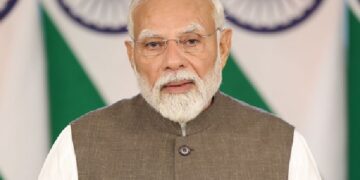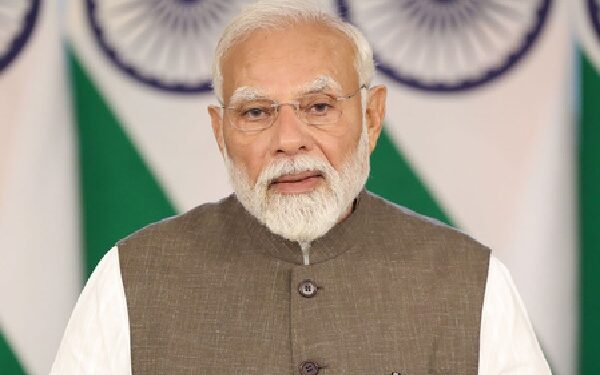Former U.S. President Donald Trump seeks a direct call with Indian Prime Minister Narendra Modi before giving final approval to the proposed India-U.S. trade deal, highlighting the importance of bilateral ties and top-level diplomacy.

Trump Seeks Call with PM Modi Before Final Nod on U.S.-India Trade Deal
High-level diplomacy to determine fate of long-pending agreement
Talks expected to address key tariffs, market access issues
In a significant development for the much-anticipated trade agreement between India and the United States, former U.S. President Donald Trump has expressed a desire to speak directly with Indian Prime Minister Narendra Modi before giving his final approval to the pending trade deal. Sources close to the matter suggest that Trump, widely expected to be the Republican candidate in the upcoming U.S. presidential election, views the deal as a critical milestone in strengthening bilateral ties — but wants last-minute assurances before moving forward.
According to senior officials familiar with the negotiations, the conversation between Trump and Modi could be a turning point for the agreement, which has been in discussion for several years. While both sides have made substantial progress on key issues, including tariff reductions and improved market access for select goods, a few sticking points remain — and Trump’s intervention could accelerate resolution or stall it further, depending on the outcome of the call.
A Long Road to Trade Alignment
The India-U.S. trade relationship has seen highs and lows in recent years. During Trump’s presidency, bilateral tensions rose over tariff disputes, visa regulations, and market access for dairy, medical equipment, and tech products. In 2019, the Trump administration withdrew India’s preferential trade status under the Generalized System of Preferences (GSP), citing inadequate market access for American goods.
Since then, efforts have been underway to rebuild trust and create a mutually beneficial trade framework. Under the Biden administration, these talks continued in a quieter, more technical fashion. However, Trump’s renewed interest — and his potential return to office — has added urgency and political weight to the conversation.
“The trade deal is almost ready on paper, but President Trump wants to personally connect with Prime Minister Modi before putting his signature behind it,” said a senior trade analyst familiar with the developments. “He views it not only as an economic agreement, but as a signal to Indian-American voters and international observers about his global leadership credentials.”
Key Issues at Stake
Sources indicate that the final trade package includes concessions on both sides. India is expected to offer reduced tariffs on select American agricultural products and medical devices, while the U.S. may restore GSP benefits and ease export restrictions on Indian manufactured goods and services.
However, differences persist over data localization norms, digital trade frameworks, and intellectual property protections — areas that Trump may seek clarity on during the proposed call. The timing of the conversation is also significant, as both leaders are under domestic political pressures. For Trump, rallying Indian-American support is seen as a strategic electoral move; for Modi, balancing nationalist trade policies with global cooperation is a political tightrope.
Strategic and Political Implications
The prospective phone call — if it happens — will be closely watched not only in Washington and New Delhi, but globally. Analysts say the optics of direct leader-level diplomacy could boost investor confidence, signal foreign policy continuity, and enhance the perception of U.S.-India ties as a counterbalance to China in the Indo-Pacific.
Nevertheless, critics caution that reducing complex trade negotiations to a political phone call may oversimplify the long-term stakes. “What both countries need is a sustainable, rules-based economic engagement — not just handshake deals,” said a senior policy expert.
As of now, no official confirmation has been provided by either government regarding the timing of the proposed call. However, officials from both countries have maintained that the lines of communication remain open and active.
Outlook
Should the call proceed as planned and both leaders reach a consensus, an official announcement of the trade deal could follow within weeks — potentially just ahead of key political timelines in both countries. Until then, all eyes will remain on the diplomatic channels between Washington and New Delhi.
READ ALSO…..IMD Red Alert for Delhi‑NCR as Heavy Rains Slam City on 29 July 2025















 Categories
Categories









